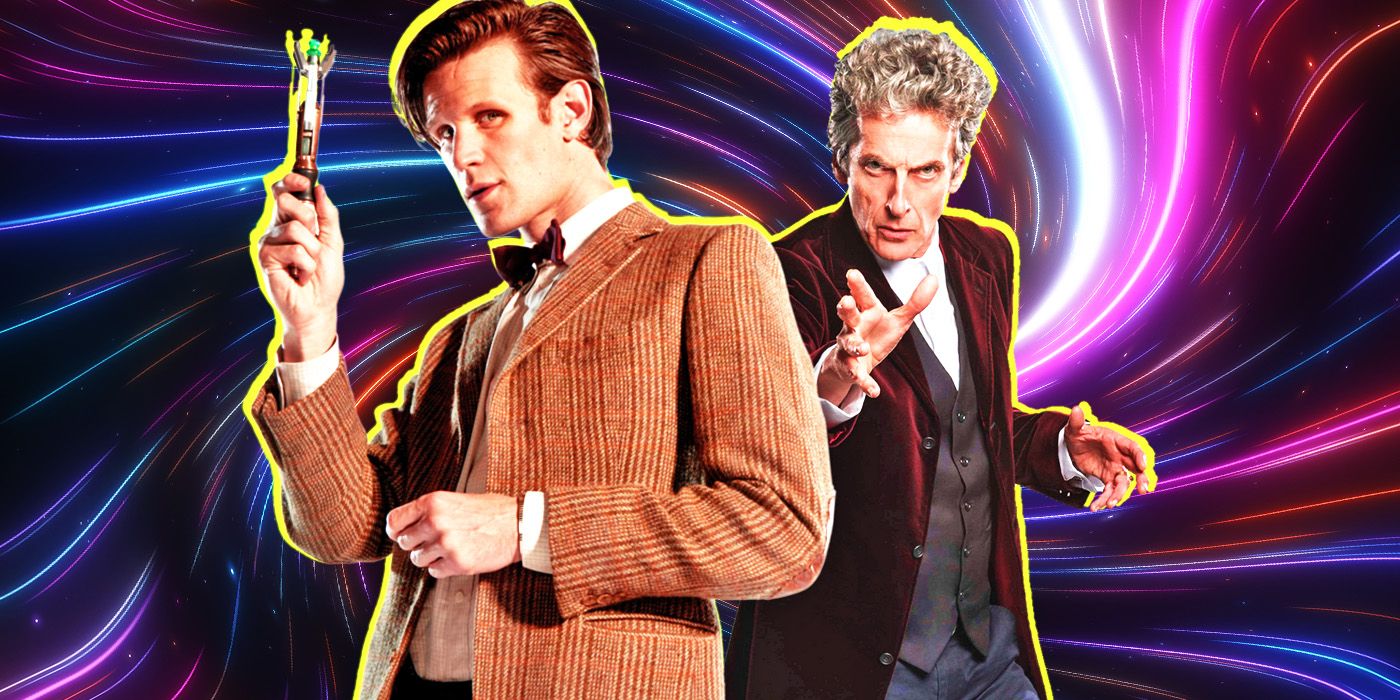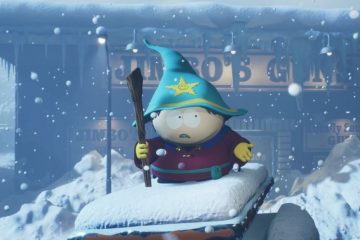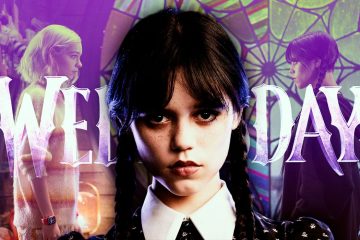With the return of Russell T Davies for a new era of Doctor Who, fans of this 60-year-old storytelling universe are revisiting their favorite Doctors from eras past. Immediately following the first four seasons of Davies’ first run on Doctor Who, Steven Moffat took over to shape the modern show around the next incarnations of the character. However, despite having the same showrunner, both the Eleventh and Twelfth Doctors were developed very differently from one another. While fans have many theories, there may be a strong narrative reason for this difference. Ever since it was decided to swap out the Doctor’s original actor, William Hartnell, for Patrick Troughton, the concept of regeneration is a bit hard to wrap one’s head around.More recent depictions of the process suggest that every cell in the Doctor’s body is changed. This means that he — or, in the case of the Thirteenth Doctor, she — is simultaneously a brand-new person while also being the same old Doctor. Beyond simple appearances, what changes is often a mixture of decisions made by the writers and the actor playing the role. As such, Matt Smith approached the character very differently from Peter Capaldi during their respective runs. Smith was the youngest actor, before Ncuti Gatwa, to portray the role, while Peter Capaldi was just a bit shy of Hartnell’s age when he got the role. Beyond the disparity in performance, the series’ writers as led by Steven Moffat, shaped the Doctor’s stories in two distinct ways.Once David Tennant took over the role for Series 2, Moffat wrote the episodes “The Girl in the Fireplace,” and “Blink.” The latter episode is famous for being the first of the “Doctor lite” episodes, in which the Doctor and the companion (Freema Agyeman’s Martha Jones) appear only briefly in the episode. It is perhaps more famous for introducing the scariest and most unstoppable villains of the new era: the Weeping Angels. Moffat also wrote a Children In Need special, “Time Crash,” in which the Tenth Doctor meets Peter Davison’s Fifth Doctor, which offers up insight into how he sees the Doctor’s “age.”
With the return of Russell T Davies for a new era of Doctor Who, fans of this 60-year-old storytelling universe are revisiting their favorite Doctors from eras past. Immediately following the first four seasons of Davies’ first run on Doctor Who, Steven Moffat took over to shape the modern show around the next incarnations of the character. However, despite having the same showrunner, both the Eleventh and Twelfth Doctors were developed very differently from one another. While fans have many theories, there may be a strong narrative reason for this difference. Ever since it was decided to swap out the Doctor’s original actor, William Hartnell, for Patrick Troughton, the concept of regeneration is a bit hard to wrap one’s head around.
More recent depictions of the process suggest that every cell in the Doctor’s body is changed. This means that he — or, in the case of the Thirteenth Doctor, she — is simultaneously a brand-new person while also being the same old Doctor. Beyond simple appearances, what changes is often a mixture of decisions made by the writers and the actor playing the role. As such, Matt Smith approached the character very differently from Peter Capaldi during their respective runs. Smith was the youngest actor, before Ncuti Gatwa, to portray the role, while Peter Capaldi was just a bit shy of Hartnell’s age when he got the role. Beyond the disparity in performance, the series’ writers as led by Steven Moffat, shaped the Doctor’s stories in two distinct ways.
Once David Tennant took over the role for Series 2, Moffat wrote the episodes “The Girl in the Fireplace,” and “Blink.” The latter episode is famous for being the first of the “Doctor lite” episodes, in which the Doctor and the companion (Freema Agyeman’s Martha Jones) appear only briefly in the episode. It is perhaps more famous for introducing the scariest and most unstoppable villains of the new era: the Weeping Angels. Moffat also wrote a Children In Need special, “Time Crash,” in which the Tenth Doctor meets Peter Davison’s Fifth Doctor, which offers up insight into how he sees the Doctor’s “age.”
#Eleventh #Twelfth #Doctors #Doctor
Note:- (Not all news on the site expresses the point of view of the site, but we transmit this news automatically and translate it through programmatic technology on the site and not from a human editor. The content is auto-generated from a syndicated feed.))



